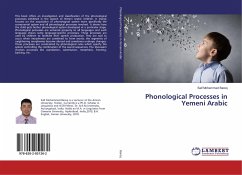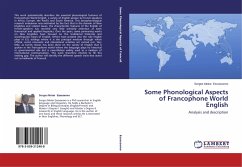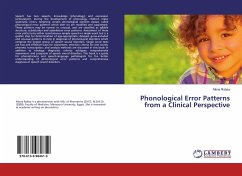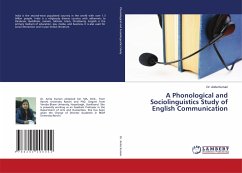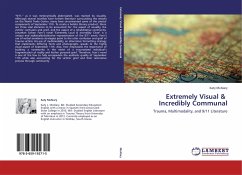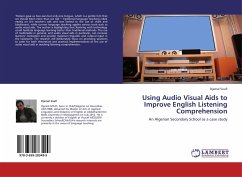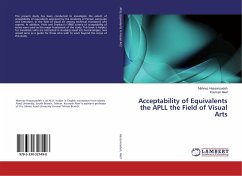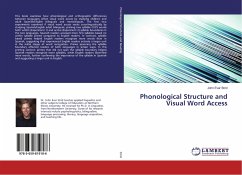
Phonological Structure and Visual Word Access
Versandkostenfrei!
Versandfertig in 6-10 Tagen
22,99 €
inkl. MwSt.

PAYBACK Punkte
11 °P sammeln!
This book examines how phonological and orthographic differences between languages affect visual word access by studying children and adult Spanish/English bilinguals and monolinguals. The first two experiments examined if visual word access varies cross-linguistically by studying Spanish/English adult bilinguals, priming two syllable CVCV words both within (Experiment 1) and across (Experiment 2) syllable boundaries in the two languages. Spanish readers accessed more first syllables based on within syllable primes compared to English readers. In contrast, syllable based primes helped English ...
This book examines how phonological and orthographic differences between languages affect visual word access by studying children and adult Spanish/English bilinguals and monolinguals. The first two experiments examined if visual word access varies cross-linguistically by studying Spanish/English adult bilinguals, priming two syllable CVCV words both within (Experiment 1) and across (Experiment 2) syllable boundaries in the two languages. Spanish readers accessed more first syllables based on within syllable primes compared to English readers. In contrast, syllable based primes helped English readers recognize more words than in Spanish, suggesting that experienced English readers activate a larger unit in the initial stages of word recognition. Primes spanning the syllable boundary affected readers of both languages in similar ways. In this priming context, primes that did not span the syllable boundary helped Spanish readers recognize more syllables, while English readers identified more words, further confirming the importance of the syllable in Spanish and suggesting a larger unit in English.



